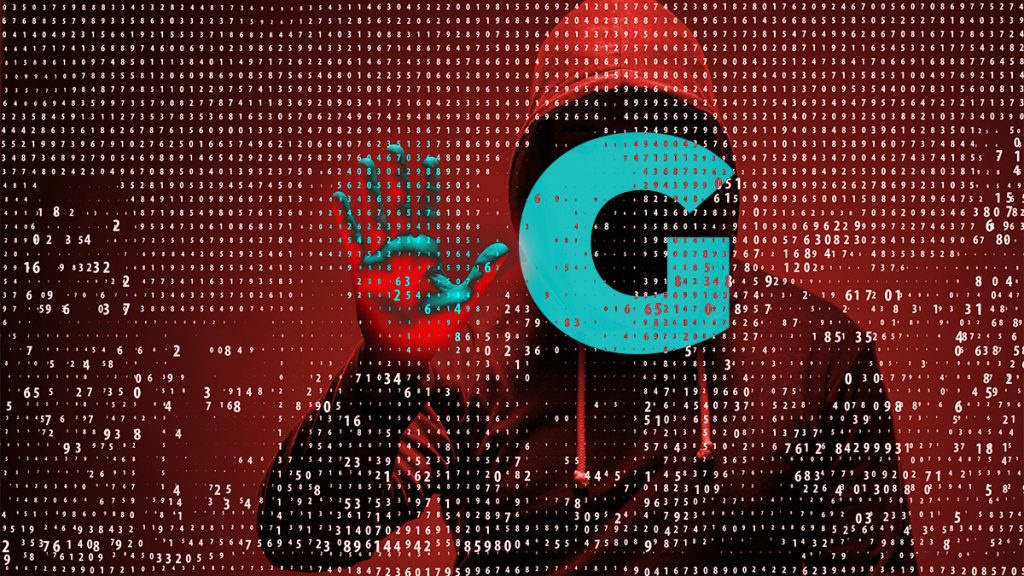
While technology is helping organizations optimize their operations through various innovative means, the number of cybersecurity threats companies must deal with has grown. Who hasn’t heard about ransomware, phishing attacks, malware attacks, and such? More importantly, who hasn’t asked the question, what are the challenges in cybersecurity realms? The only thing more valuable than information is protecting it. Ubiquitous microchips connected by wireless networks will build future technology. That’s why it’s no surprise that finding a cybersecurity course online nowadays is very easy.
According to some predictions, connected computerized devices will generate half of the world’s data traffic over the next five years, requiring no human input. However, with this new era of innovation comes an increased risk of cyber threats. 5G will bring new opportunities but also current cybersecurity issues. Together, we can ensure that the benefits of 5G are fully realized while keeping our information and networks safe. The deployment of 5G networks brings unique cybersecurity challenges that require innovative solutions to protect against threats to personal and professional information and maintain the integrity of the networks themselves.
5G Cybersecurity Risks
One of the main challenges in cybersecurity with 5G networks is their increased complexity. With more connected devices and a wider range of applications, hackers can exploit more potential points of entry. The increased number of small cell towers used in 5G networks also creates physical vulnerabilities that can be tampered with or hacked.
Another fundamental challenge to cybersecurity is the increased potential for distributed denial of service (DDoS) attacks. 5G networks have increased speed and capacity, so hackers can launch more powerful DDoS attacks that can overload and cripple networks.
In addition to these challenges, there is an internal cybersecurity challenge which is the increased security risks of 5G networks also introduce related to the use of virtualized network infrastructure. Using network function virtualization (NFV) and software-defined networking (SDN) security in 5G networks creates new attack surfaces for hackers to target.
Cybersecurity experts are working on new security measures for 5G networks to address these challenges. One approach is to use network slicing, which allows for creating multiple virtual networks within a single physical network. This allows different levels of security to be applied to different data types and applications. This gave a clear answer to the question what the challenges in cybersecurity are.
As the technology and understanding of the threat landscape continue to evolve, the measures and best practices will continue to be updated and refined to keep up with the evolving threats.
Current Measures and Future Directions
Cybercriminals are constantly changing the targets of their attacks, particularly on IoT and cyber-physical systems. These systems have more vulnerabilities due to their unattended nature, limited capabilities, and use of potentially unreliable components. IoT cybersecurity challenges includes, Identity theft, fraud, personal data breaches, and other related cyber crimes are constantly developing. US citizens suffer significant losses and privacy issues in both virtual and real-world settings. There is a legitimate challenge to implementing a comprehensive cybersecurity solution. Below are some followed techniques on how companies should handle ransomware.
Network Slicing
This approach allows the creation of multiple virtual networks within a single physical network. This allows different levels of security to be applied to different data types and applications. For example, a financial institution may use network slicing to create a virtual network with a higher level of security for sensitive financial transactions.
Software-Defined Networking (SDN)
The benefits of software-defined networking for cybersecurity are immense. Using SDN will increase network visibility and control. SDN allows network administrators to see and manage all aspects of a network, including security, in real time. For example, an SDN controller can monitor network traffic in real-time and identify and block any suspicious activity.
Secure Communications
5G networks support new secure communications features such as network slicing, enhanced mobile broadband (eMBB), and ultra-reliable low-latency communications (URLLC). These features are designed to provide secure communication channels for sensitive data and applications.
Device and Application Security
It’s important to ensure that all devices and applications connected to the 5G network are secure. This includes regular security audits and testing to identify and fix vulnerabilities. Organizations can use secure boot and secure update mechanisms to verify the integrity of the devices and software and implement a device management system to monitor and control the devices connected to the network.
Strong Security Policies
Having strong security policies in place for 5G networks is important. This includes having an incident response plan, regular security audits and testing, and employee training on security best practices. Security policies are a set of guidelines and procedures that are put in place to protect an organization from cybersecurity threats. An example of a security policy that can be implemented to protect against cyber-attack is the access control policy. This policy sets out the rules and procedures for who can access the organization’s systems and data and under what circumstances.
Final Thoughts
The key to unlocking the full potential of 5G is to ensure that cybersecurity is at the forefront of its deployment and implementation. It’s important to note that 5G and cybersecurity are two sides of the same coin; if one is weak, the other will be too. 5G is the Future but also requires a future-proofed approach to cybersecurity. It is difficult to predict the Future of cyber security with certainty. The field will likely continue to evolve and become more sophisticated as technology advances and interferes in every aspect of our lives.
Inside Telecom provides you with an extensive list of content covering all aspects of the tech industry. Keep an eye on our Cybersecurity sections to stay informed and up-to-date with our daily articles.